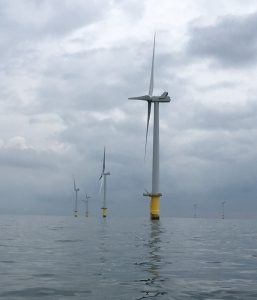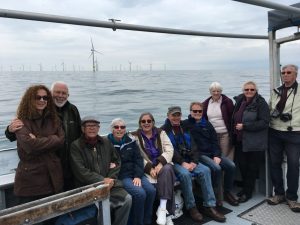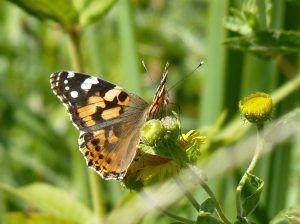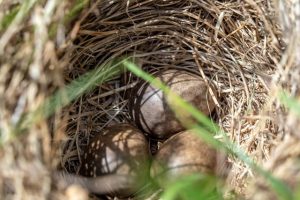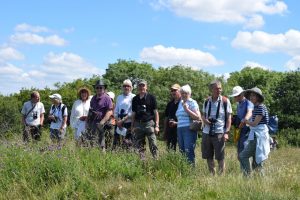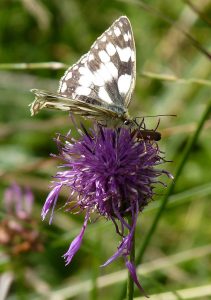Bernie Forbes, the current President of the Shoreham and District Ornithological Society, was welcomed to Ferring Conservation Group’s July meeting to impart his vast knowledge of birds and his favourite locations in the county to view them. Bernie explained that lesser known bird spotting areas such as Shoreham Napoleonic Fort, the Downs around Lancing College, Cissbury Ring, the Norfolk Estate at Burpham, Amberley Castle and strangely, old sewage works, were popular areas that attract many varieties of birds. Bernie is regularly accompanied by his good friend and fellow bird enthusiast Dorian Mason, a resident of Ferring and also a member of Ferring Conservation Group, whose many excellent photographs were utilised by Bernie to illustrate his talk.
Bernie has demonstrated his proven track record for finding rare species including the Gyr Falcon and the first and second Pallid Harrier in the county of Sussex. As an active RSPB volunteer and a participant in work around Pagham Harbour Bernie contributes to local bird reports and is also renowned for constructing the many benches and some of the steps and stiles around the area.
Many of Bernie’s sightings have been close to Ferring where he has been fortunate enough to spot Common and Jack Snipe near to the Rife, a Snow Bunting on Goring Beach, a Sandpiper and numerous Wood Lark at Shoreham Airport and a Great Spotted Cuckoo near to Lancing College. He recommended Burpham as an ideal location to see Raptors and Finches and praised the Duke of Norfolk’s Estate near Arundel in their successful efforts to breed Grey Partridge.
After refreshments Tricia Hall discussed her recent holiday in Northern Greece and the many butterflies and birds that she observed there, illustrating her talk with colourful photographs of some of her discoveries.
Ed Miller concluded the meeting with news that the Appeal for the 2 proposed properties in the garden of 21 Ocean Drive had been dismissed. The proposed marking out of part of the Bluebird Café car park had been approved. The proposed property in the garden of Elm Lodge, Tamarisk Way had gone to Appeal and a new planning application had been lodged for a property to be built in the garden of the Old Flint House in Church Lane. This property is 17th Century in part and lies within the Conservation Area in Ferring.

